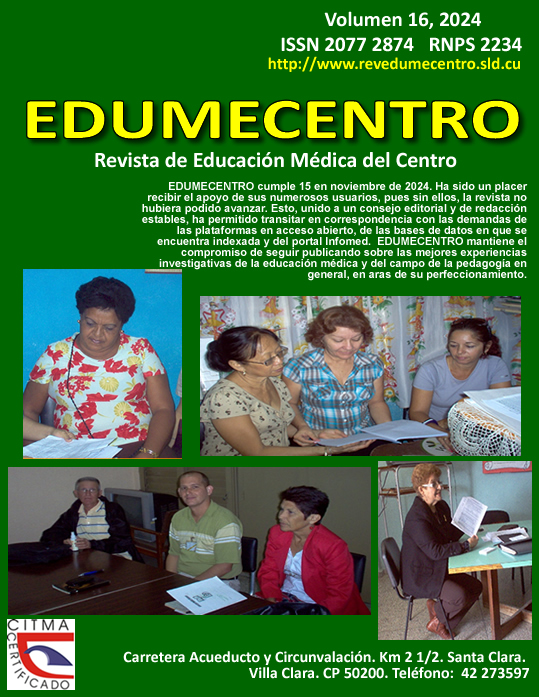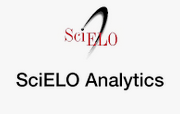Human Embryo Library: synergy between research and academic education
Keywords:
Embryology, science, research, teaching, education, medicalAbstract
Human embryo libraries are enclosures where human embryonic material is collected and constitute a valuable means for those institutions that own them. The creation of an embryo library is a complex process, involving the collection of embryonic samples or histoembryological series with a high potential for research and teaching. The histoembryological series collected in the embryo libraries constitute an important visual aid in the teaching-learning process of Human Embryology due to the high didactic value of their images. The aspiration of Villa Clara Medical University to have its Human Embryotheque is already a reality, since the room was inaugurated in a space of the Faculty of Medicine. It is the objective of the authors to spread among the scientific community the importance of the inauguration of this important space necessary for teaching and research in the medical sciences.
Downloads
References
1. Vila Bormey MA, Cañizares Luna O, Sarasa Muñoz NL, Andreu Gómez N, Martínez Lima MN, Alfonso Águila B. Metodología para la creación de una embrioteca humana: experiencia de la universidad médica villaclareña. EDUMECENTRO [Internet]. 2019 Dic [citado 13/06/2024];11(4):[aprox. 20 p.]. Disponible en: http://scielo.sld.cu/pdf/edu/v11n4/2077-2874-edu-11-04-152.pdf
2. Vila Bormey MA, Navas Contino M, Alfonso Aguila B, García Rivero M, Noa Marrero L, Suri Santos Y. Embrioteca humana: orientaciones metodológicas para su uso en el proceso enseñanza aprendizaje, en formato electrónico. EDUMECENTRO [Internet]. 2022 [citado 13/06/2024];14:[aprox. 19 p.]. Disponible en: http://scielo.sld.cu/pdf/edu/v14/2077-2874-edu-14-e2085.pdf
3. Cañizares Luna O, Sarasa Muñoz NL, Loytra A. Museos anatómicos en las universidades médicas cubanas. La Habana: Editorial Ciencias Médicas; 2018.
4. Vila Bormey MA, Andreu Gómez N, Cañizares Luna O, Sarasa Muñoz NL. Embrioteca: espacio para la investigación científica y la docencia en la universidad médica villaclareña. EDUMECENTRO [Internet]. 2018 [citado 13/06/2024];10(1):[aprox. 24 p.]. Disponible en: http://scielo.sld.cu/pdf/edu/v10n1/edu12118.pdf
5. Vila Bormey MA, Sarasa Muñoz NL, Cañizares Luna O, Martínez Lima MN. Atlas de Embriología Humana. La Habana: Editorial Ciencias Médicas; 2000.
Published
How to Cite
Issue
Section
License
Los autores que publican en esta revista están de acuerdo con los siguientes términos:- Los autores/as conservarán sus derechos de autor y ceden a la revista el derecho de primera publicación de su obra, el cuál estará simultáneamente sujeto a una Licencia Creative Commons Reconocimiento-NoComercial-CompartirIgual 4.0 Internacional (CC BY-NC-SA 4.0) que permite a terceros compartir la obra siempre que se indique su autor y su primera publicación esta revista.
- Los autores pueden establecer por separado acuerdos adicionales para la distribución no exclusiva de la versión de la obra publicada en la revista (por ejemplo, situarlo en un repositorio institucional o publicarlo en un libro), con un reconocimiento de su publicación inicial en esta revista.
- Se permite y se anima a los autores a difundir sus trabajos electrónicamente (por ejemplo, en repositorios institucionales o en su propio sitio web) antes y durante el proceso de envío, ya que puede dar lugar a intercambios productivos, así como a una citación más temprana y mayor de los trabajos publicados (Véase The Effect of Open Access) (en inglés).










